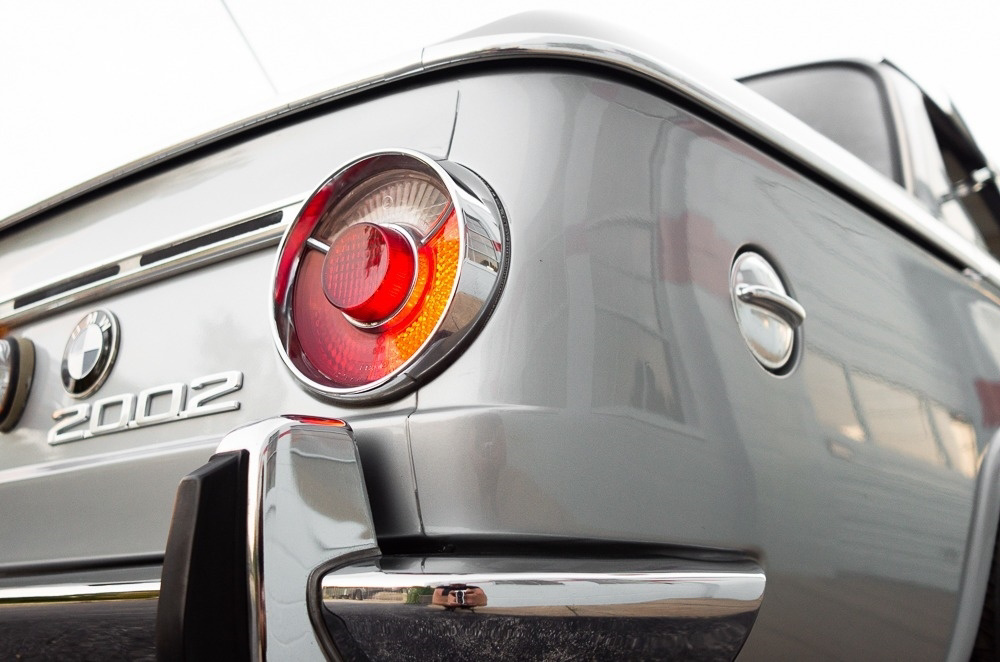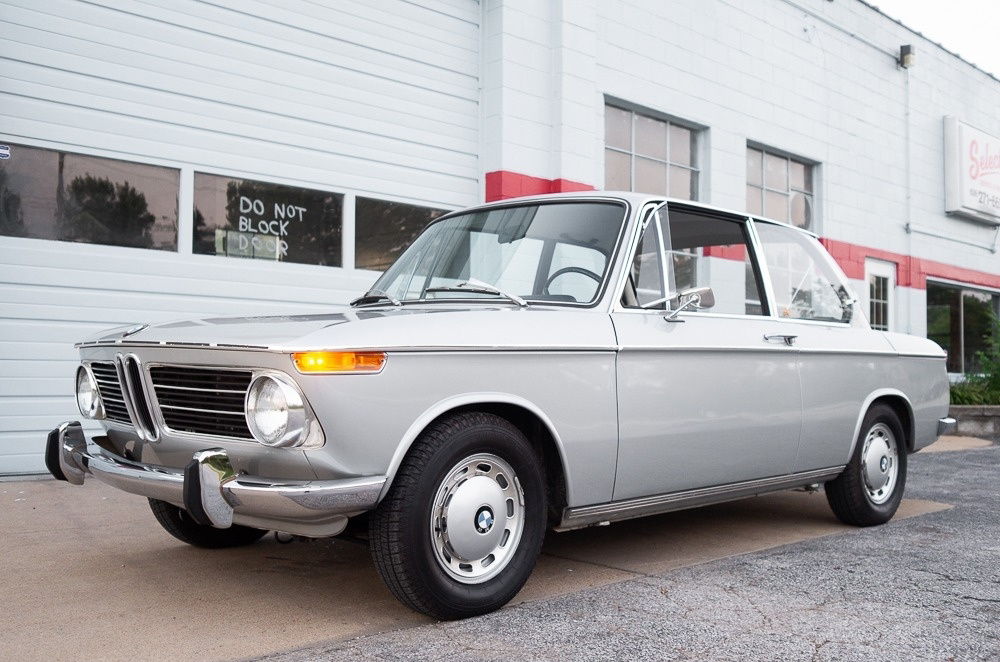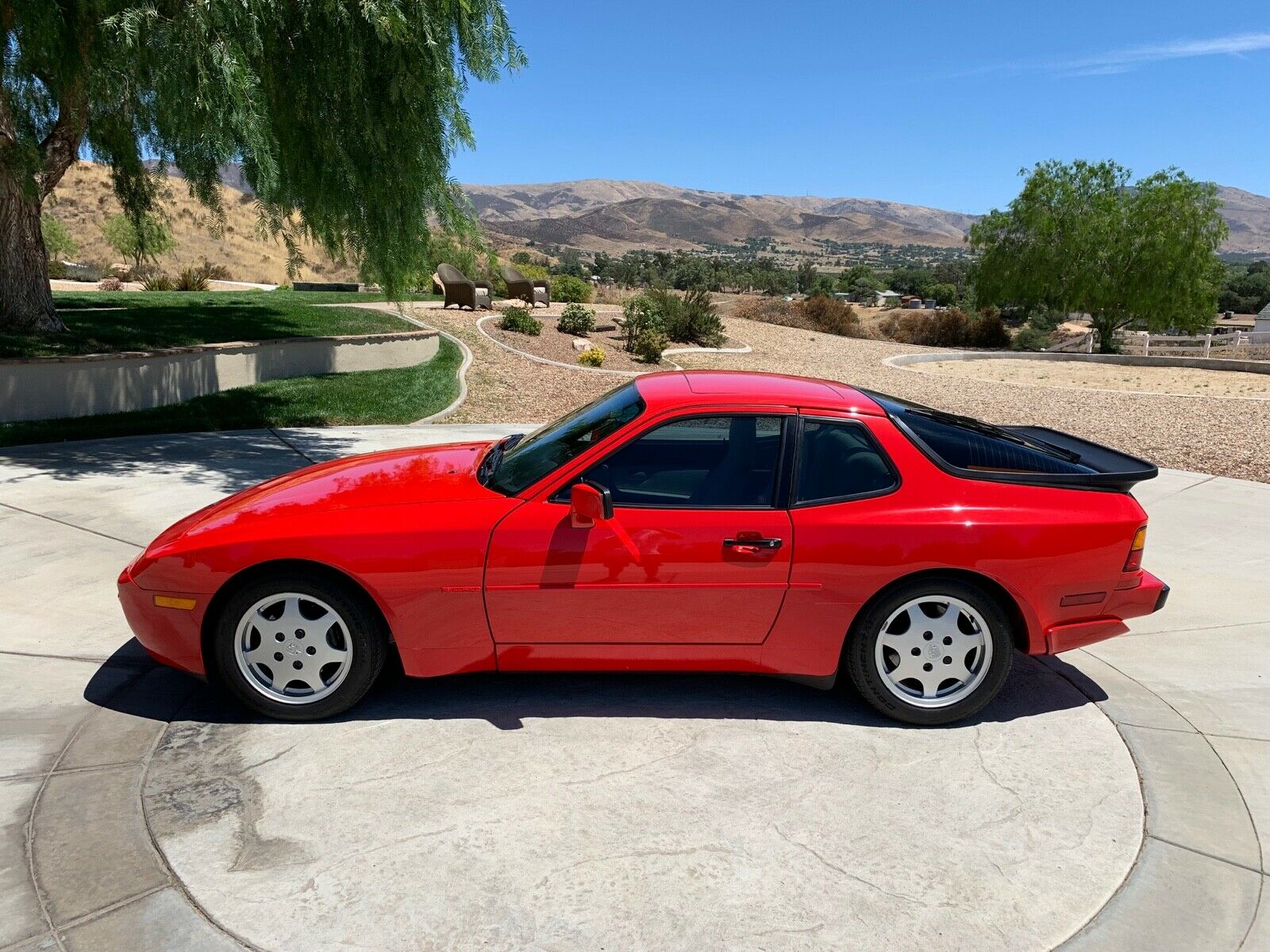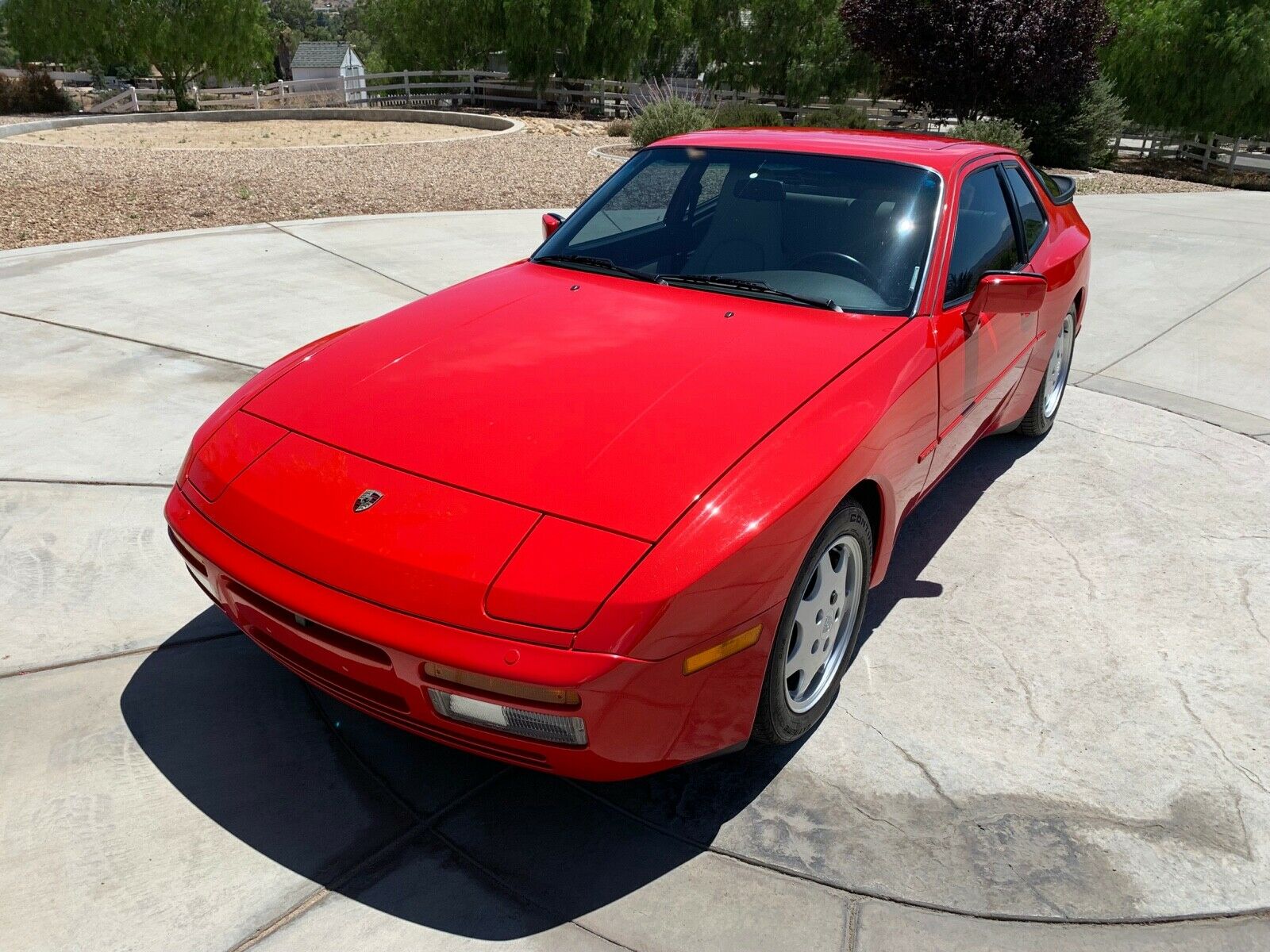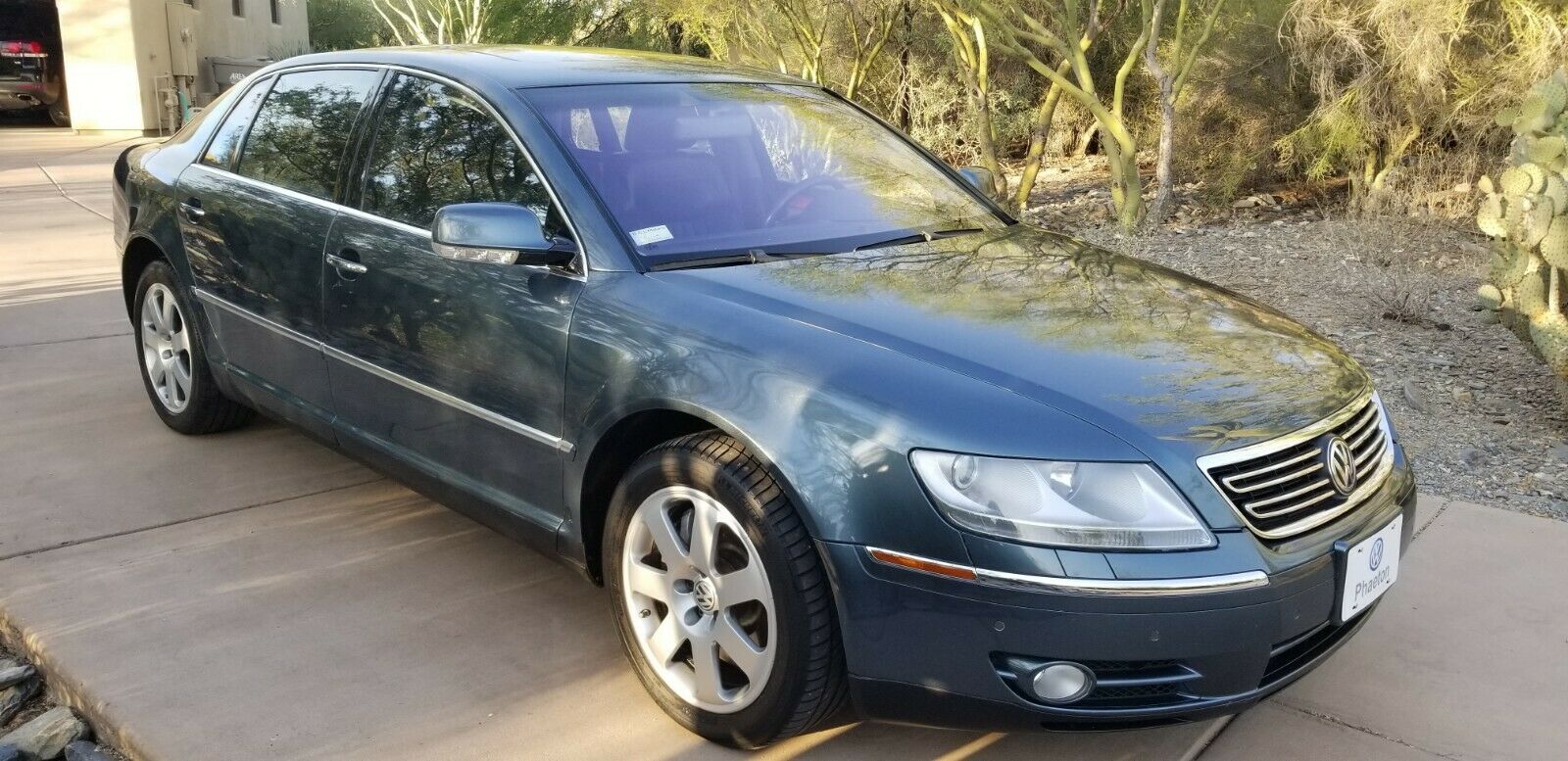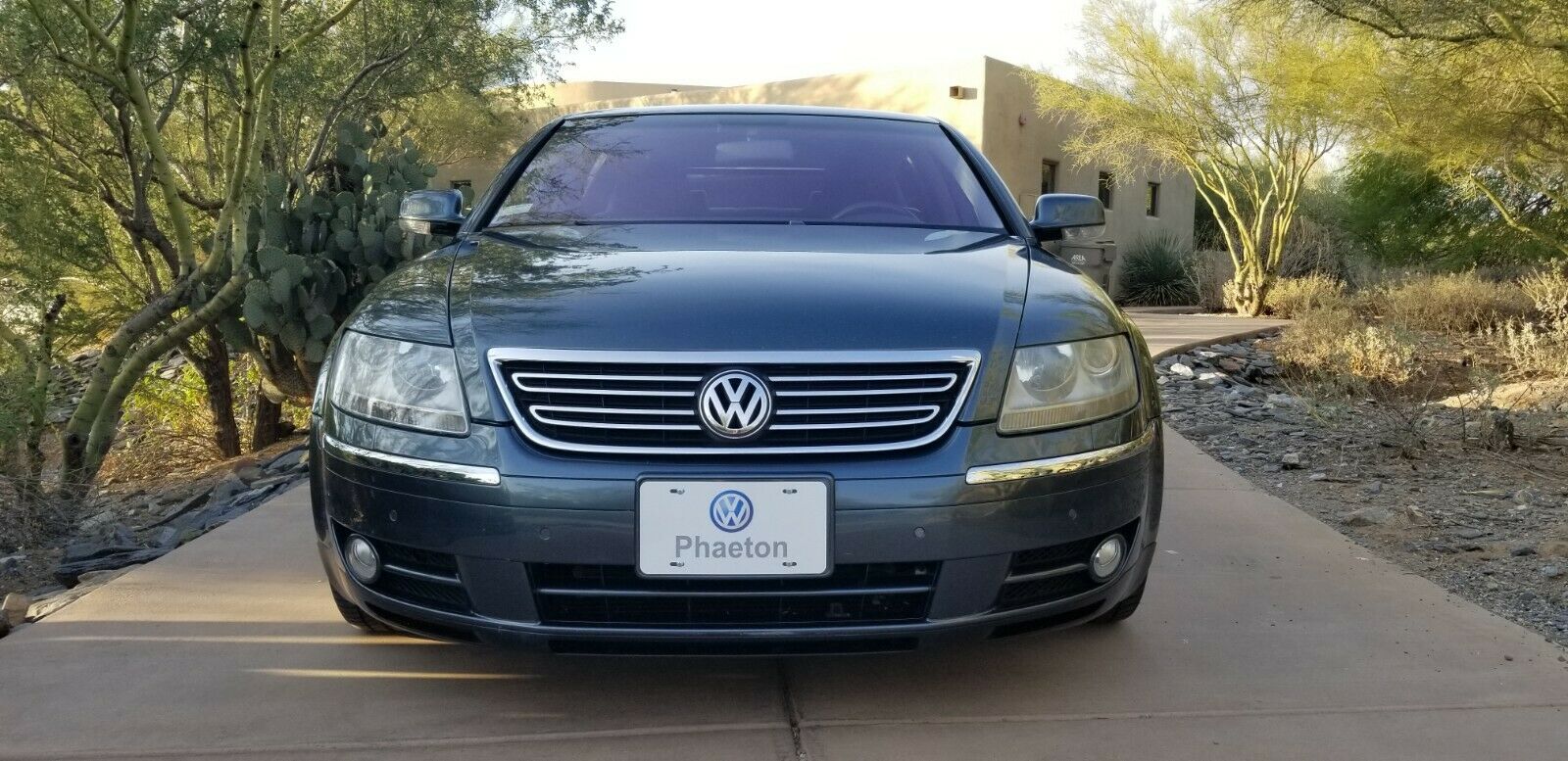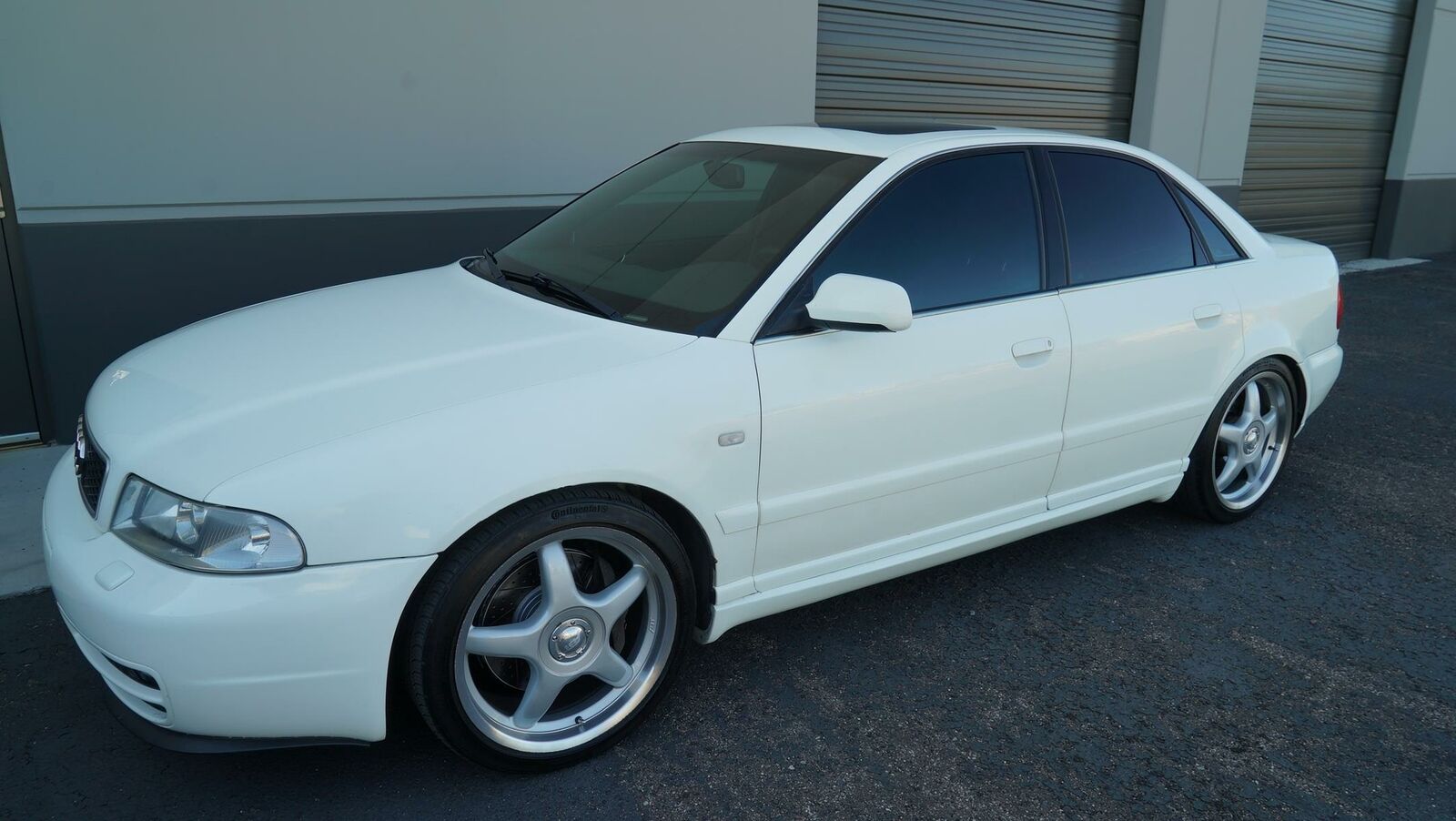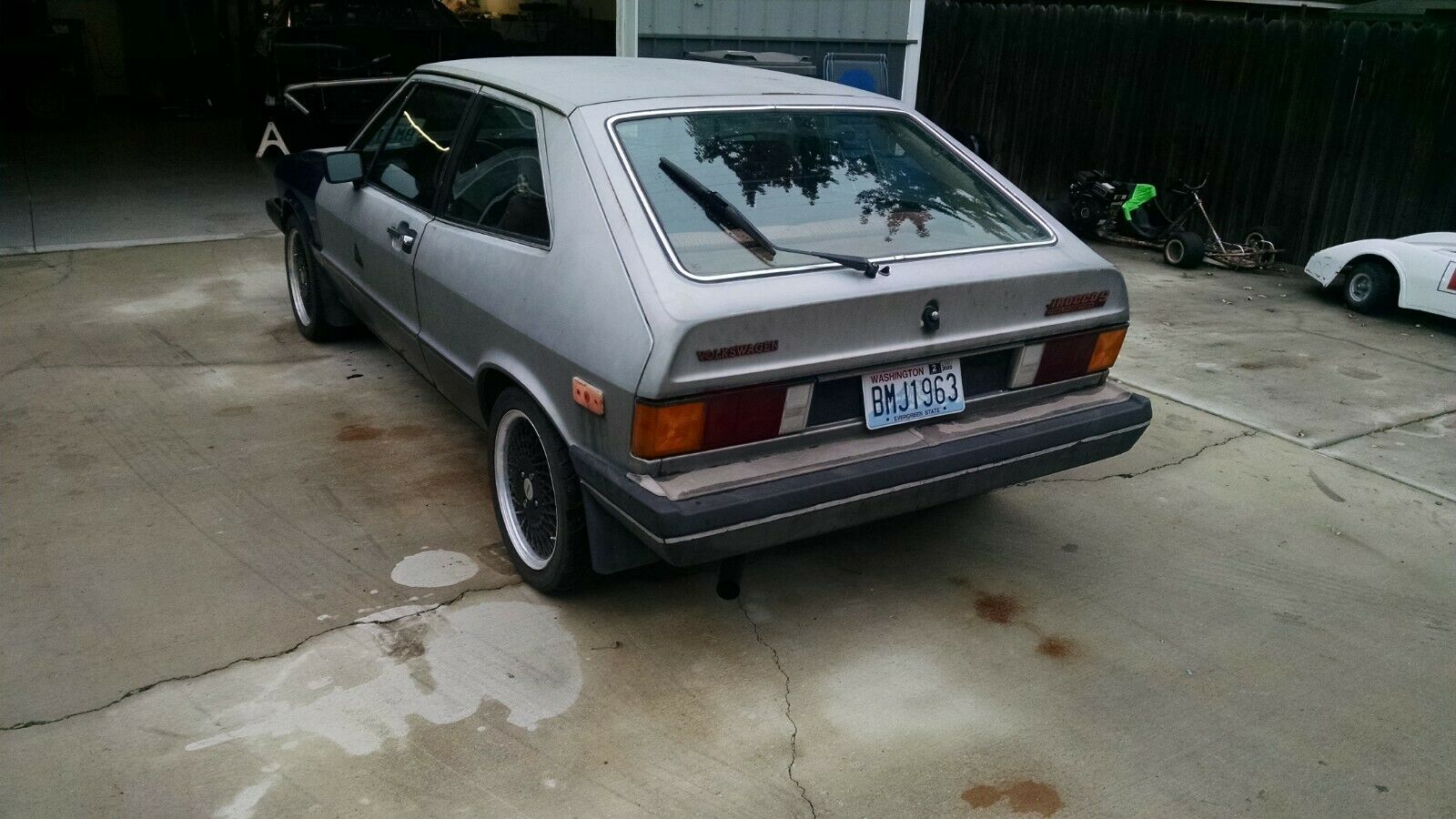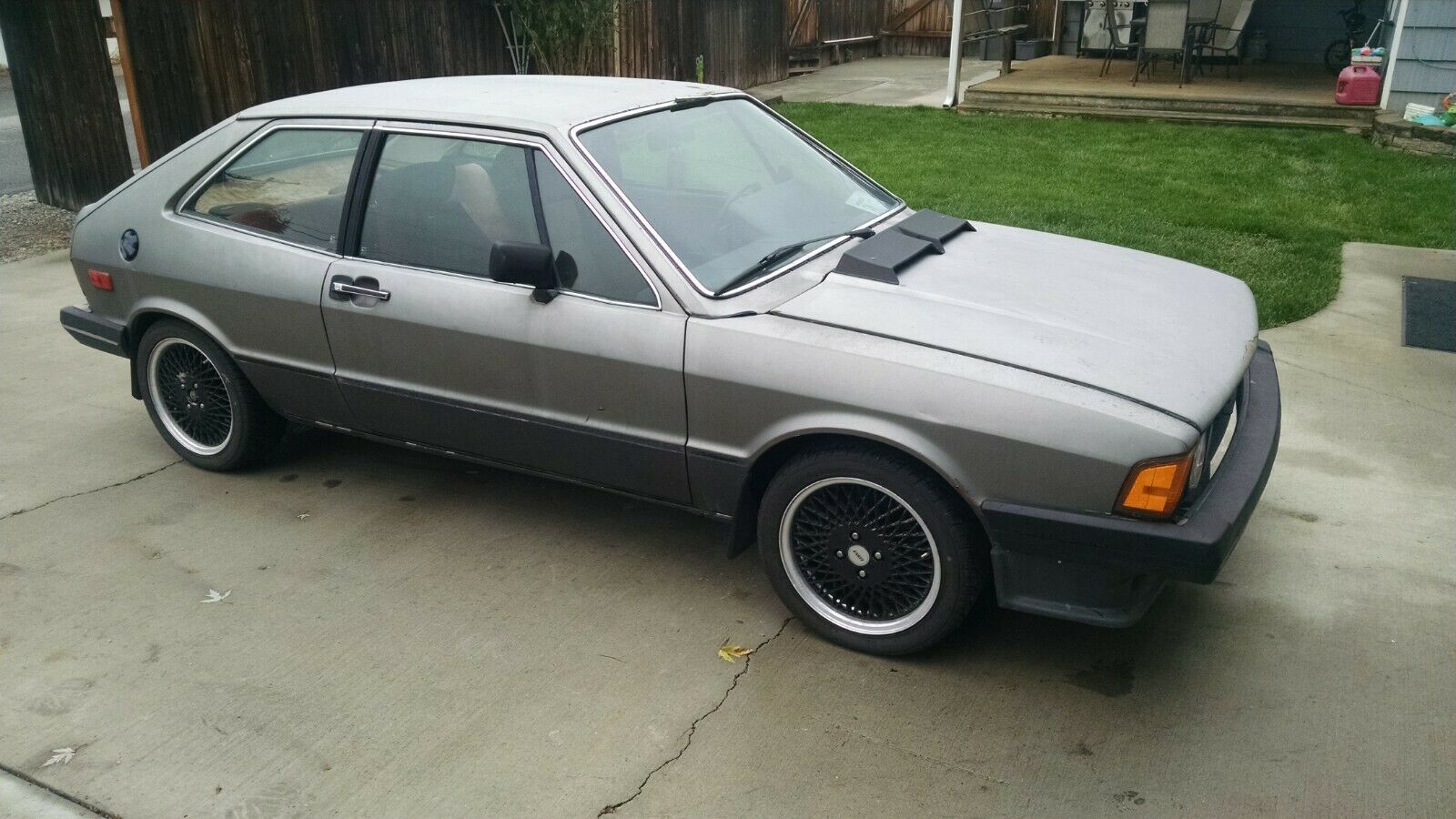To me it’s always a bit interesting to talk about peoples’ motivations in getting a particular car, especially so when that car is a classic. For example, consider my Audi GT versus a Quattro. These days, if you can find one a mint condition Audi GT will set you back around $6,000 – $8,000 for the very best examples we’ve seen. That amount may get you a wreck of a Quattro, but likely not a particularly drivable one and certainly one you’ll be chasing parts and rust on for a decade at least. In terms of driving experience, the GT is out of the box 90% of the Ur-Quattro experience for 90% plus of the time. Brought to a show, many non-Audi folks could probably not tell them apart. Yet, in terms of value gap, the iconic Quattro far outstrips the classic GT. We see it in other areas, too – for example a 73 911S versus a 77 911S, a E28 535is versus a M5, or even a 325is versus an M3. If you’re smart with your money, choosing the lesser example may not get you the headlines, but stretching your budget to get into a less serviceable iconic car is not likely to bring you more happiness, only more headaches. So while a plain-Jane 1968 BMW 2002 may not get all the price of the Turbo or even the tii models, it’s certainly worthy of consideration:
Author: Carter
While cars like the Audi Quattro and BMW M3 may have popularized boxy flares with their racing credentials to back it up, in my eyes no one pulled off the muscle-bound economy look better than the Porsche 944. The addition of several inches of width and wider wheels to the 924 chassis meant an entirely new feel that mingled with supercar lines instead of Volkswagen lineage. Simply put, they were the most sensual looking German car in the 1980s, and that got even better late in the run with some subtle aero additions that enhanced and updated the look. The smooth Turbo bumpers and rear diffuser carried over to the S2 model, along with some lovely “Design 90” wheels that were also highlighting the 964 model. As Porsche moved to a full update of the watercooled transaxle cars with the introduction of the 968, the outgoing 944S2 even adopted the new “bridge” spoiler design from the not yet introduced model.
Turbo looks without the associated power wasn’t an unknown quantity for Porsche, but the 944S2 was no slouch in its own right. Powered by the M44.41 3-liter inline-4 that had been enlarged from the double overhead cam 944S motor, the 208 horsepower wasn’t as much as the 968 would sport but was still awfully close to what the original 944 Turbo had produced in power. Better yes, with instant torque the S2 was, and still is, a very entertaining drive. Hardly cheap, on paper they were not immediately the smart choice for a sports car buyer in 1990 and 1991, as twin-turbocharged monsters from Japan were all the rage and often less expensive than the best part of $50,000 a 944S2 would cost you. With only around 3,600 imported to the U.S., they’re a bit rare to see but offer great Porsche build quality, performance and even practicality in a very attractive package:
CLICK FOR DETAILS: 1990 Porsche 944S2 on eBay
3 CommentsLet me start by saying this: Are you really going to drop $15,000 on an about-to-be 15 year old needlessly complicated Volkswagen? Then you must be looking at a R32, because they’re simply no way you’re contemplating this car.
Volkswagen piggybacked on the success of its B5, C5 and D2 platforms with a decidedly upscale move in the late 1990s. The headlines seem preposterous, but then so was the result; Volkswagen Siamesed two 2.8 liter VR6s together on a common crank, then stuck them in the middle of an all-wheel drive supercar. Still utilizing the Syncro moniker, all four wheels were driven by the 414 horsepower W12 and with a body from Giugiaro’s ItalDesign, it looked poised to take on just about anything. Volkswagen wasn’t done, as they punched out the motor to 6.0 liters and raised the specific output to a shocking 591 horsepower. It was renamed the W12 Nardo, and it then went to its eponymous track and produced staggering results. It’s easy to overlook the achievement now, but in 2002 VW managed to lap a W12 Nardo at 200.6 mph…for 24 hours. That’s right, in 24 hours a Volkswagen became the fastest car in history over that distance, covering an amazing 4,815 miles. That’s one fifth of the world’s circumference, if you’re counting.
What VW did next was perhaps even more shocking. The world was used to upscale market brands of popular marques; after all, what were Lexus, Infinity, Acura…heck, you could even lump Audi into that group. But Piëch gambled that you’d pass over all those brands and…BMW…and Mercedes-Benz…to plunk down over $100,000 on a W12 Phaeton. Few did. Specifically, only 482 did, and it seems like more than half of those are black. Here’s one that’s not, for a change. And, it’s no reserve!
CLICK FOR DETAILS: 2005 Volkswagen Phaeton on eBay
5 CommentsThe B5 S4. On paper, it’s a car that I should like a lot. Coming from the modest 4000 quattro, Audi produced what should have been a monster on paper; a 2.7 liter twin-turbocharged V6 rated at over twice the power of the old inline-5s mated to a 6-speed manual transmission. 6-spoke “Avus” wheels carried on the late 90s design in 17″ form, with deeper but still subdued body additions and more grills hinting at the better performance of this A4-based creation. Twin polished exhaust tips, Xenon headlights, deeply bolstered sport seats and plenty of technology also came along from the ride, too.
But for me the B5 S4 sedan was never super exciting. Perhaps that was because it was instantly popular. What I remember annoying me more, though, was that it really seemed like Audi could have produced stronger performance. After all, it generated only a few more horsepower than the last favorite – at launch, the already out-of-production E36 M3 was the match for the performance of the S4 due to its lighter weight. And that was in turned-down U.S. spec! More sharply notable was the launch at the same time of the S8, and the S4 was some 90 horsepower down on that model. Yet get behind the wheel of one, and suddenly it wasn’t a lack of grunt you were noticing. It was how well the package pulled together. It rode well, it had a glut of usable torque thanks to the small twin turbos’ ability to spin up so quickly, and the fit and finish inside was leagues better than the E36 was. And while you could stick snow snows on an E36 and make it through winter just fine, as a year-round commuter car the S4 made a lot more sense while simultaneously being a much better sleeper. It was a ‘Q-Ship’; admittedly, not the biggest or fastest one out there, but certainly an undercover speed agent. These cars developed a cult following, so it’s still possible to find nice examples, such as this Casablanca White over Onyx 6-speed:
CLICK FOR DETAILS: 2001 Audi S4 on eBay
1 CommentTuner cars – especially those from the 1980s – seem to have lived a hard life. Like Rutger Hauer’s Roy Batty, they were stars that burned ever-so-bright in the limelight of the Reagan era. Tyrell said to Batty, “You were made as well as we could make you”. “But not to last”, quipped Batty – a seemingly appropriate exchange when considering these cars. Few have survived unscathed, but with a renewed appreciation for period-correct pieces from the 80s cars like today’s example have a second lease on life.
So what do we have? Well, it’s the penultimate year of the first generation Scirocco. Along the way this genius of Giugiaro received a heart transplant to a 2.0, and then a AutoTech supercharger for good measure. But that’s just the headline grabbers of a lot of neat additions to this faded front-driver:
